Creativity is remarkable, but some photographers seem better at it than others, don't they? Here's how to unleash your creative potential, but only if you want to break away from the sheep.
It's sometimes difficult to put your finger on, but creativity is an ability to bring together new, imaginative ideas and forge them into reality. It is often about connecting unrelated phenomena to come up with something new and exciting. Creative photographers see the world in new ways and find innovative approaches by looking at the world differently. Far from being sheep and part of the flock, they are lone wolves out on an adventure.
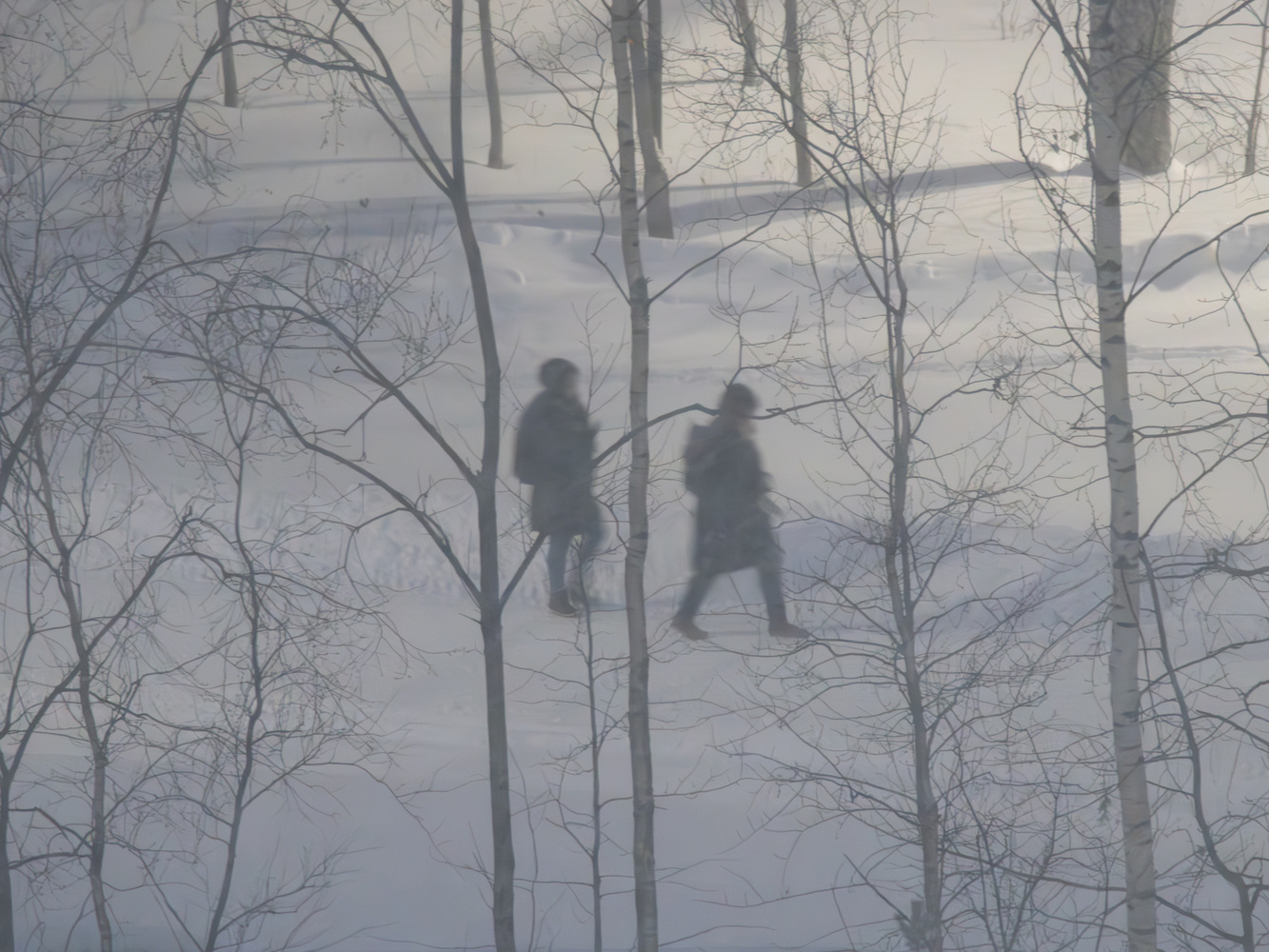
What Is Creative Photography?
Before we decide we want to be creative we have to understand what creativity is.
According to the psychologist and Professor at the University of California, Donald W. McKinnon, it doesn't have a single precise definition. Instead, he says it is a multi-faceted phenomenon split into four parts.
1. The Creative Process
Firstly, he said that there is the Creative Process. That process in itself has five stages:
a. A period of preparation.
b. A period of concentrated effort to solve the problem.
c. A period of withdrawal from the problem.
d. A moment of insight; the “a-ha experience.”
e. A period of evaluation where one verifies and elaborates on the outcome.
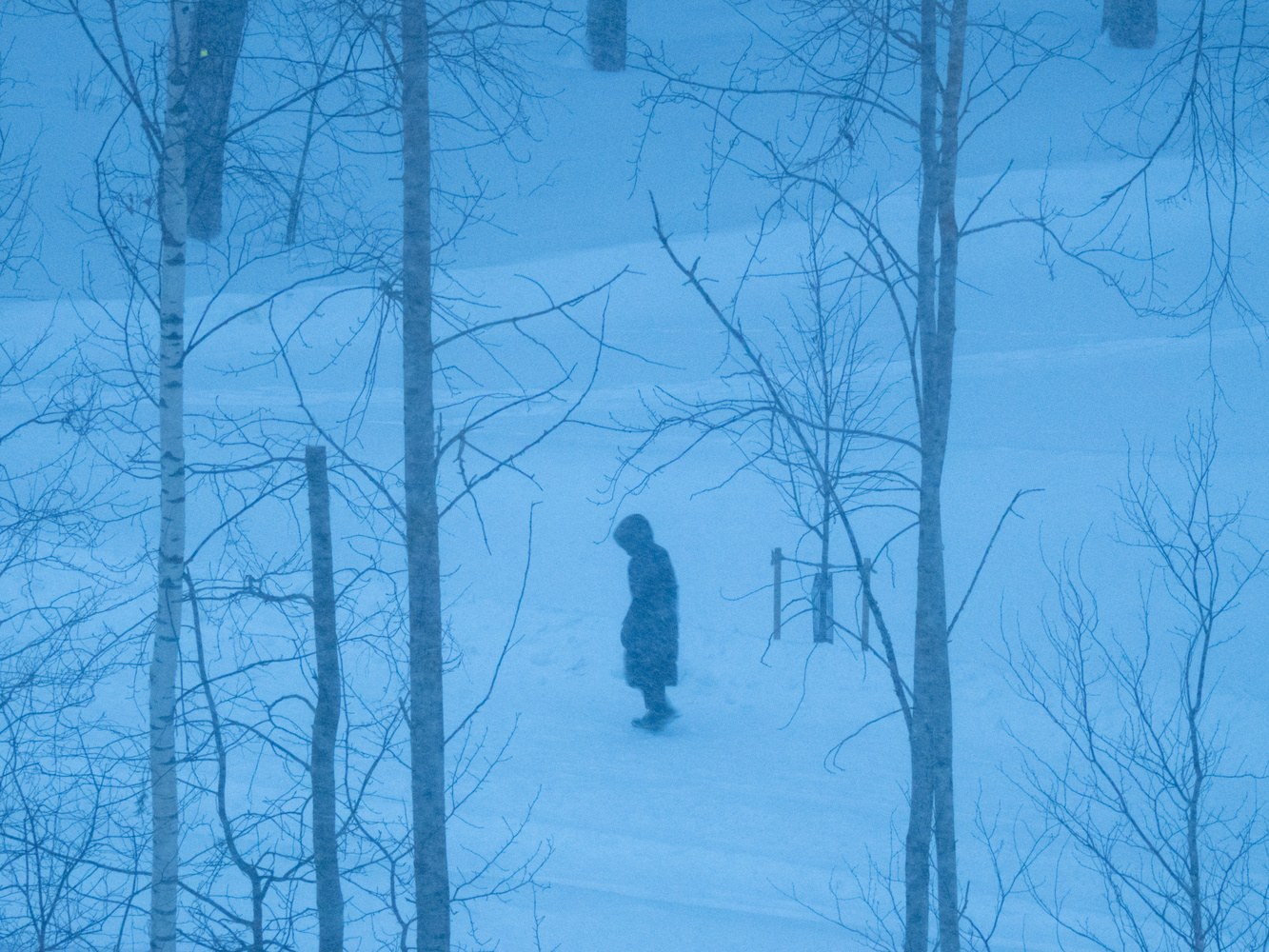
2. The Creative Product
McKinnon argues that to be a creative product the work, be it art, a scientific theory, architecture, and presumably photography, it must meet three criteria:
a) Novelty
The creative product must be original and not a direct and deliberate copy of someone else's work.
However, he said that the most creative products are those that are novel or original in the experience of a civilization or mankind in its entirety. Therefore, he's suggesting that someone discovering depth of field for themselves hasn't achieved a creative product. I am not so sure I agree with this as it seems to make creativity an exclusive club. I believe anyone can be creative, even if they are not producing world-first art.
b) Purpose
He says that a creative product must have a purpose and be deliberately there to solve a problem or achieve a specific goal. By this, he means as opposed to a happy accident.
c) Produced
He also said that the creative product must be able to be "sustained, evaluated, elaborated, developed, and communicated." For that, the creative product must be produced. So, you have to go out and take the photo and not just talk about it.
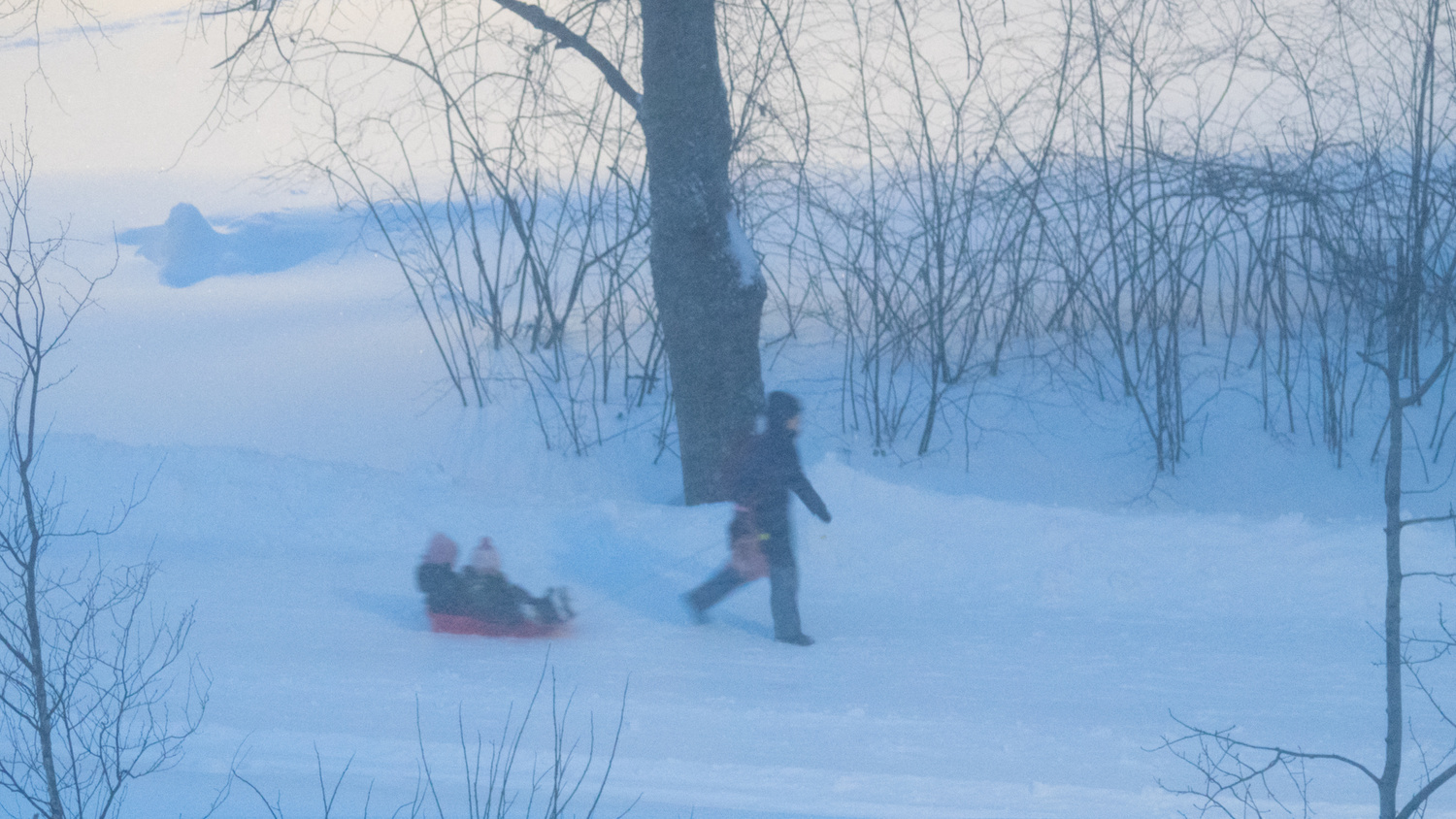
3. The Creative Person
McKinnon’s research found that, although many creative people had different attributes, they invariably had some common traits. These traits apply to both artistically creative people and those in other fields, such as science or business.
He said that creative people are intelligent. However, there was no correlation between measured intelligence (IQ) and how their creative work is judged, nor their academic performance at school. They are, however, independent of thought and action and open to experiences of both the inner self and the external world. Furthermore, they are highly motivated to achieve in areas that challenge and interest them while far less motivated in areas that require them to conform.
The creative person invariably thinks most highly of the theoretical and aesthetic, seeking out a deeper meaning beyond that which is presented to their senses.
However, McKinnon claimed that the most "salient mark" of a creative person has a type of courage. This is not the kind of courage that is exhibited by those awarded medals for bravery. Instead, it is the courage that allows the creative person to challenge the generally accepted norms. It’s the courage to think differently from others, to break down common constructs and build something new. It’s the courage to be open to different external and internal experiences.
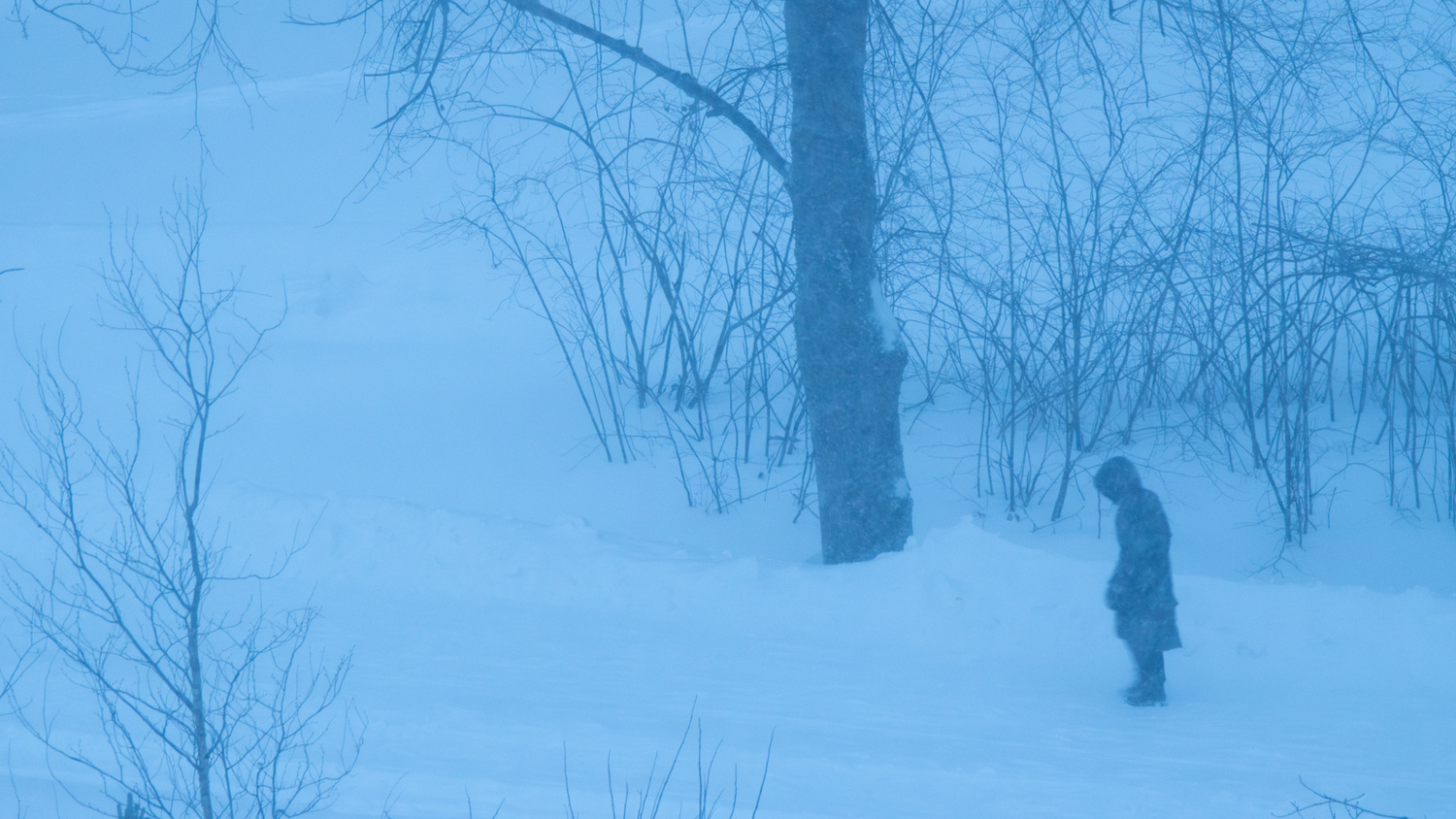
4. The Creative Situation
Creativity requires an environment that allows the creative person to be creative.
Using college enrollment as an example, he said that if a college wishes to admit mainly those who will do well academically, it should give preference to those whose grades in high school are good and whose scores on tests of scholastic aptitude are high. This is indeed the entry requirement of most universities. However, if a college seeks students with creative potential, it should instead inquire about the creative accomplishments of its applicants during their high school years or even earlier in their lives. He showed that these are the best predictors of creative achievement both in college and afterward.
There's a lesson here for all of us about the environment we allow children to grow up in.
McKinnon went on to point out that creative persons are independent in thought and action. He said that it is this independence of spirit that probably accounts for the zero level of correlation between their academic grades and their subsequently demonstrated creativeness.
Put simply, in other words, the most creative souls are lone wolves and not sheep following the flock.
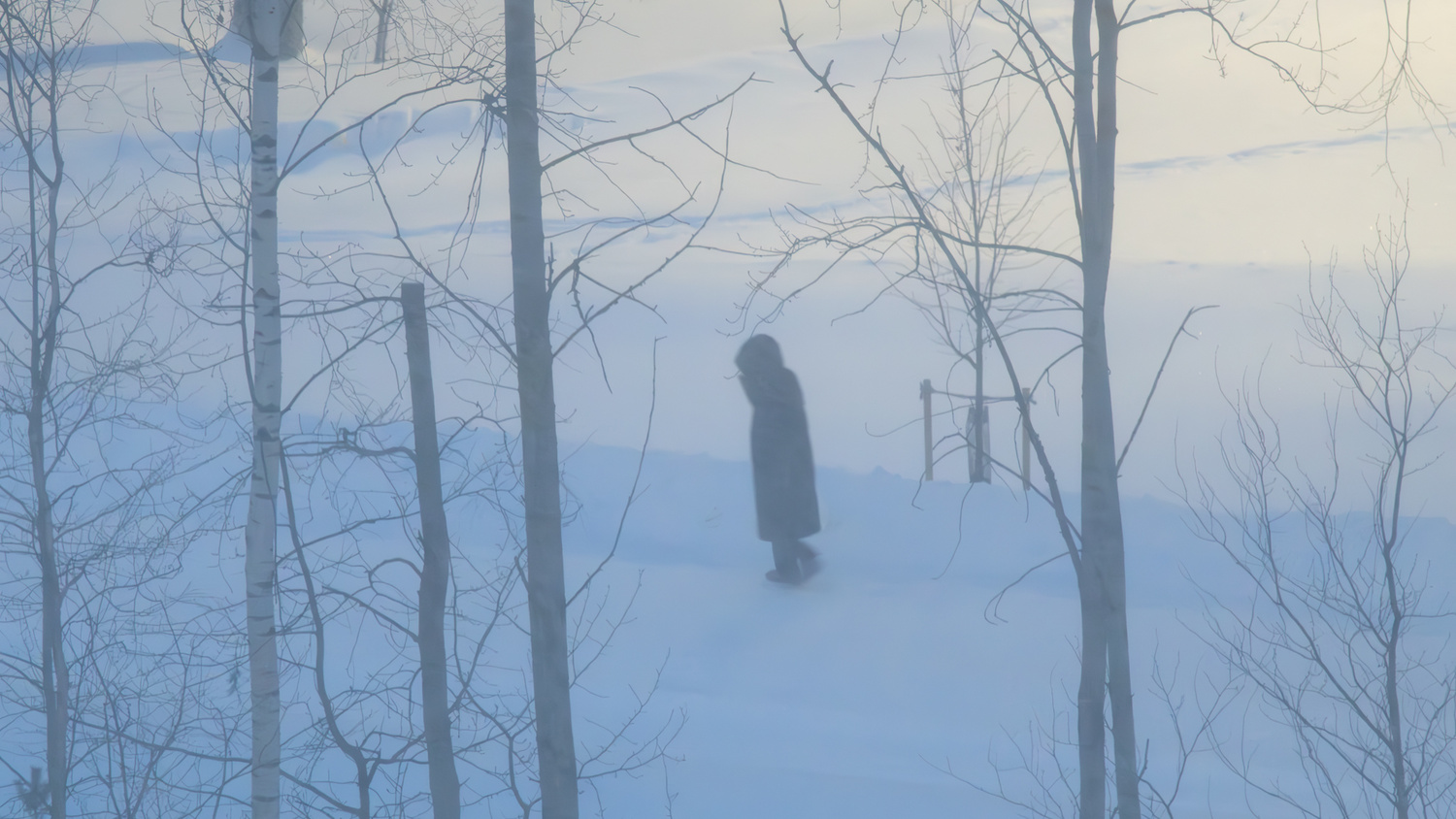
Do Our Education Systems Fail Young Creative Minds?
Some time ago, I was walking around a gallery of high school students' artwork, including photography. There was one photographic artist whose work stood out miles beyond what anyone else had produced. It was truly original and absolutely stunning. I spoke to the art teacher who told me the person would probably fail the course because they hadn't done the academic research.
Meanwhile, another student whose paintings were better than I could do, but nowhere near as compelling as others, was likely to pass with the highest grades just because they had met the fixed academic criteria.
There’s surely something wrong with any sausage-machine education system where creativity isn’t rewarded, and artists are shoehorned into fitting in with the crowd and are pushed into aiming at solely academic achievement.
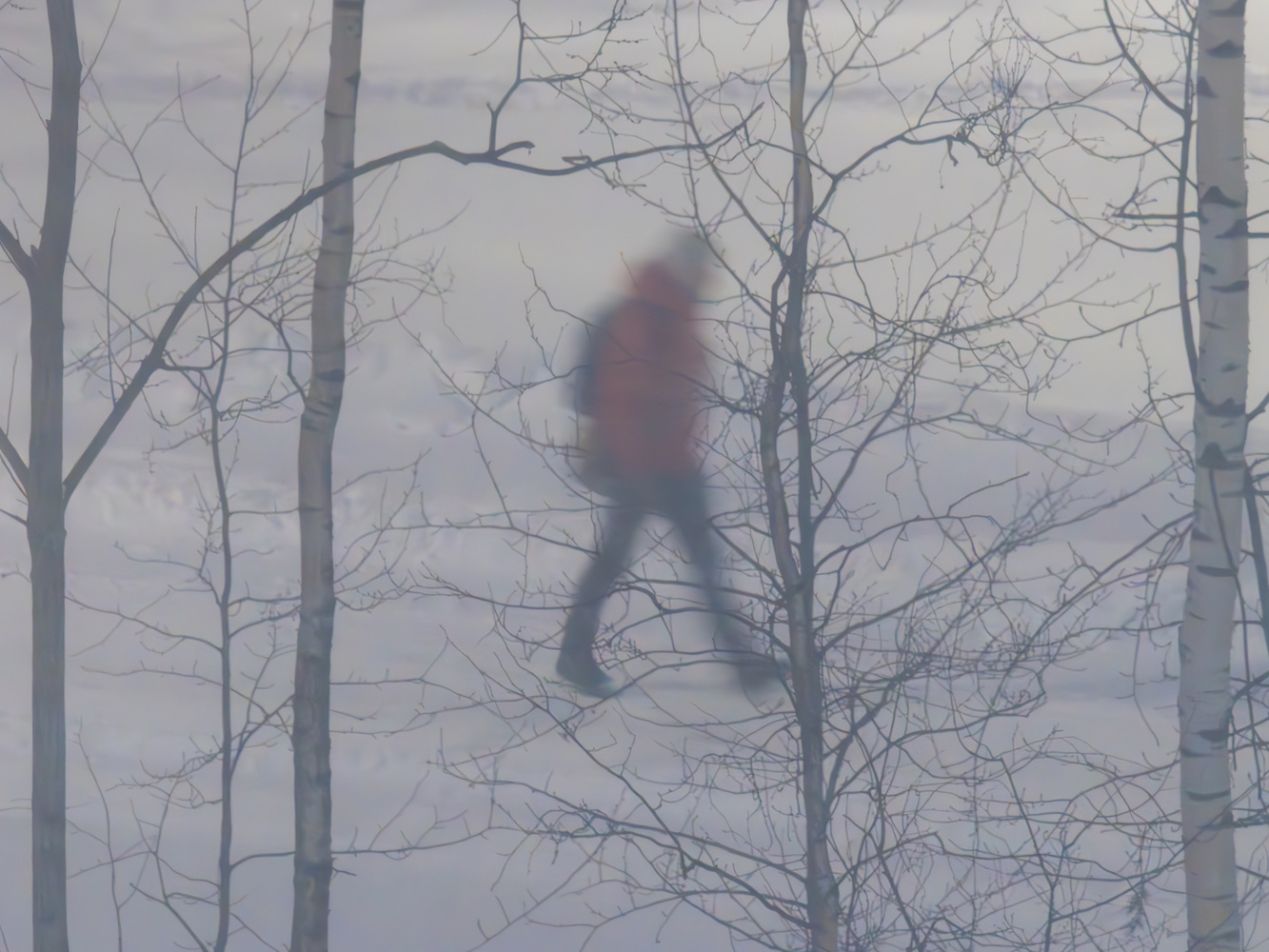
What Does That Mean for Photographers?
If creativity involves the capacity to create something fresh and novel, then we should have an environment around us that nurtures that. It's never too late to find that environment. There are plenty of supportive photographers in the world. But, there is also a fair share of those who lack both creative talent and the ability to help others progress; those things seem to go hand-in-hand.
You can be sure that those who react badly to non-conformist ideas are often those who are least creative, while the most creative people will break the rules. Creative lone wolves tend to be independent in their thoughts and actions, marching to the beat of their own drum, and resisting societal norms. They may have an interest in disorder and imbalance. Independence is crucial, allowing creators to express radical ideas and unconventional work.
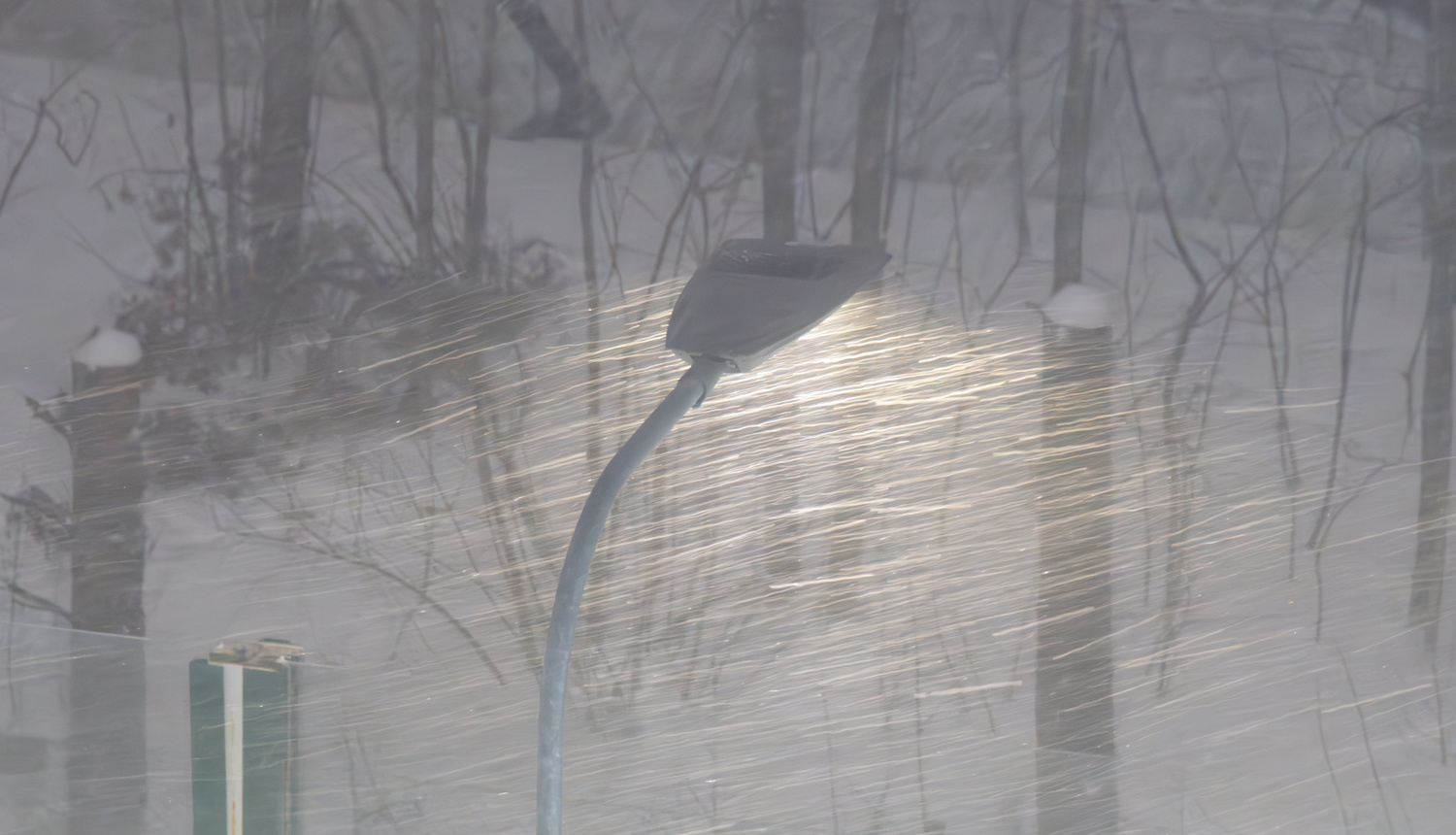
You Can Become a Creative Lone Wolf Photographer
If you want to be more creative, you can, of course, learn to be so. I can’t tell you exactly what you should do because that will be my creative ideas, not yours. But there are frameworks you can use that are proven to work.
One useful tool for this I found is NAOMIE. It stands for:
N: Need (Identifying the problem or need), e.g., I need to become more creative.
A: Aims (Set clear goals), e.g., I aim to improve my creativity with a particular project by the end of the month.
O: Objectives (Defining specific outcomes), e.g., Starting tomorrow, I will set out to take 36 photos. They will be a unique theme, using unusual techniques, and equipment. I will narrow this down to twelve images that I will be happy to share.
M: Methodology, means listing the exact actions you are going to take to achieve those objectives.
I: Implementation (Putting your plan into action). Go out and do it!
E: Evaluation (Assessing the results and impact). How well did it work? What went wrong? What can you learn from it? What do you need to do next? This, of course, takes you back to the start with new needs.
NAOMIE is a continuous process, and the more you follow it, the further along a creative journey you will travel.
Mix and match what already exists in inventive ways. Most creative geniuses take whatever already exists and mix it up in new ways. Look at your camera’s functions and think about how you have learned to use them and approach them differently.
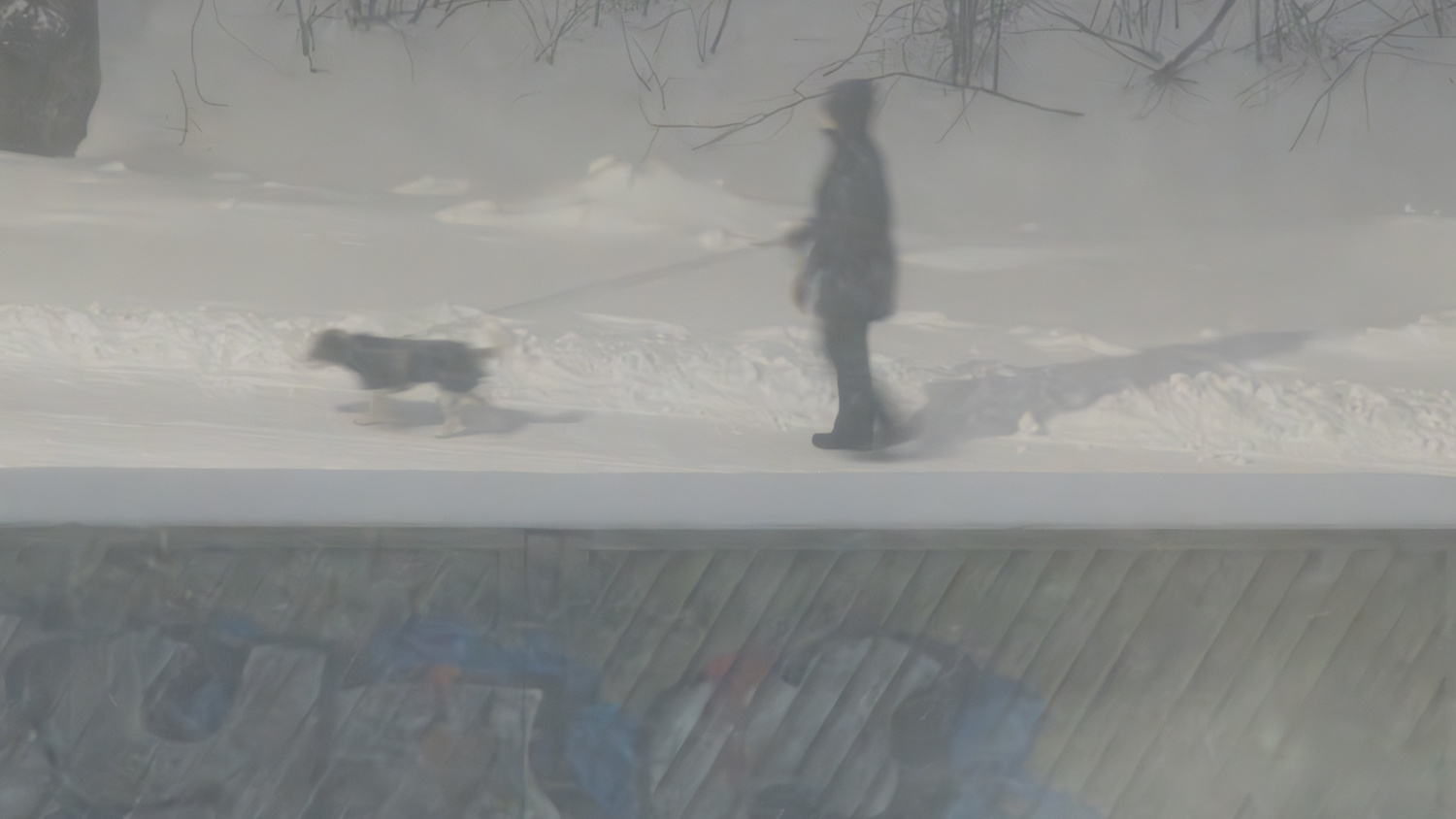
Next, adopt a mindset that takes you away from the flock in as many ways as possible. In photography, particularly, there is an overwhelming demand for compliance. A vociferous minority acts as gatekeepers for a set of widely accepted rules that you are expected to comply with. Just look at the anger fired at anyone who dares to suggest that it is okay to approach photography differently.
Whether it’s trying a different way of photographing, using an out-of-the-ordinary camera or an unusual lens, or choosing a different depth of field or shutter speed, those lacking a creative spirit will attempt to put you down. But be brave and challenge the culture of conformity.
Finally, be playful. Imagine and experiment. Take time to think about what you want, and then sleep on it and daydream. Your subconscious mind will work on it and help you discover your next step on your creative journey.
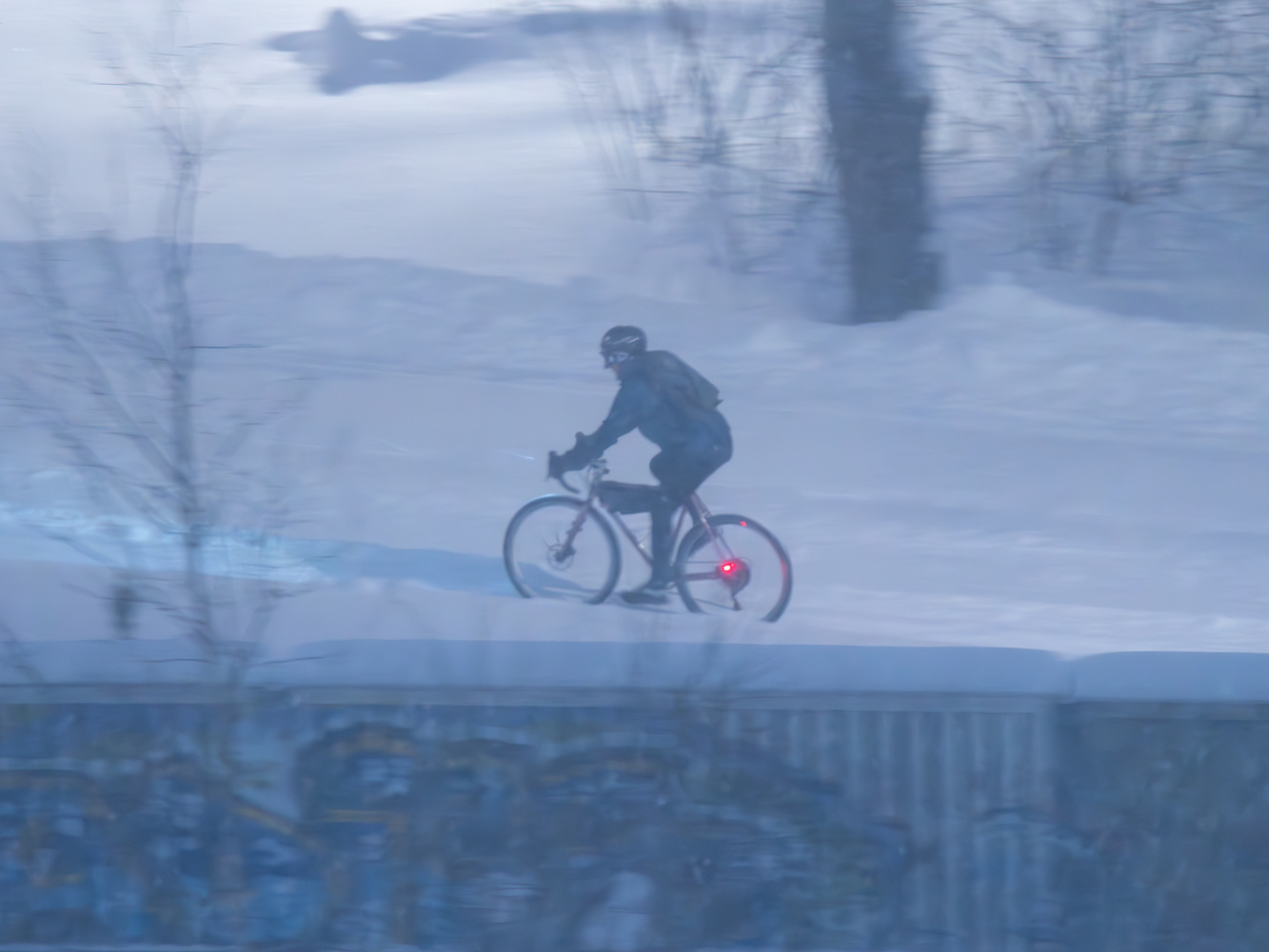
Which Are You, A Sheep or a Lone Wolf?
There's nothing wrong with either of these approaches. Many professional photographers shoot like sheep because their clients will expect a particular result. But other photographers break away from the norms and the ordinary and explore creativity. It's just two different approaches and neither is wrong.
In answer to my title, you may or may not want to embrace more creativity. Inside you'll know whether you are a sheep and happy as part of the flock following the lead of the majority, or a lone wolf, taking risks and out exploring the unknown.
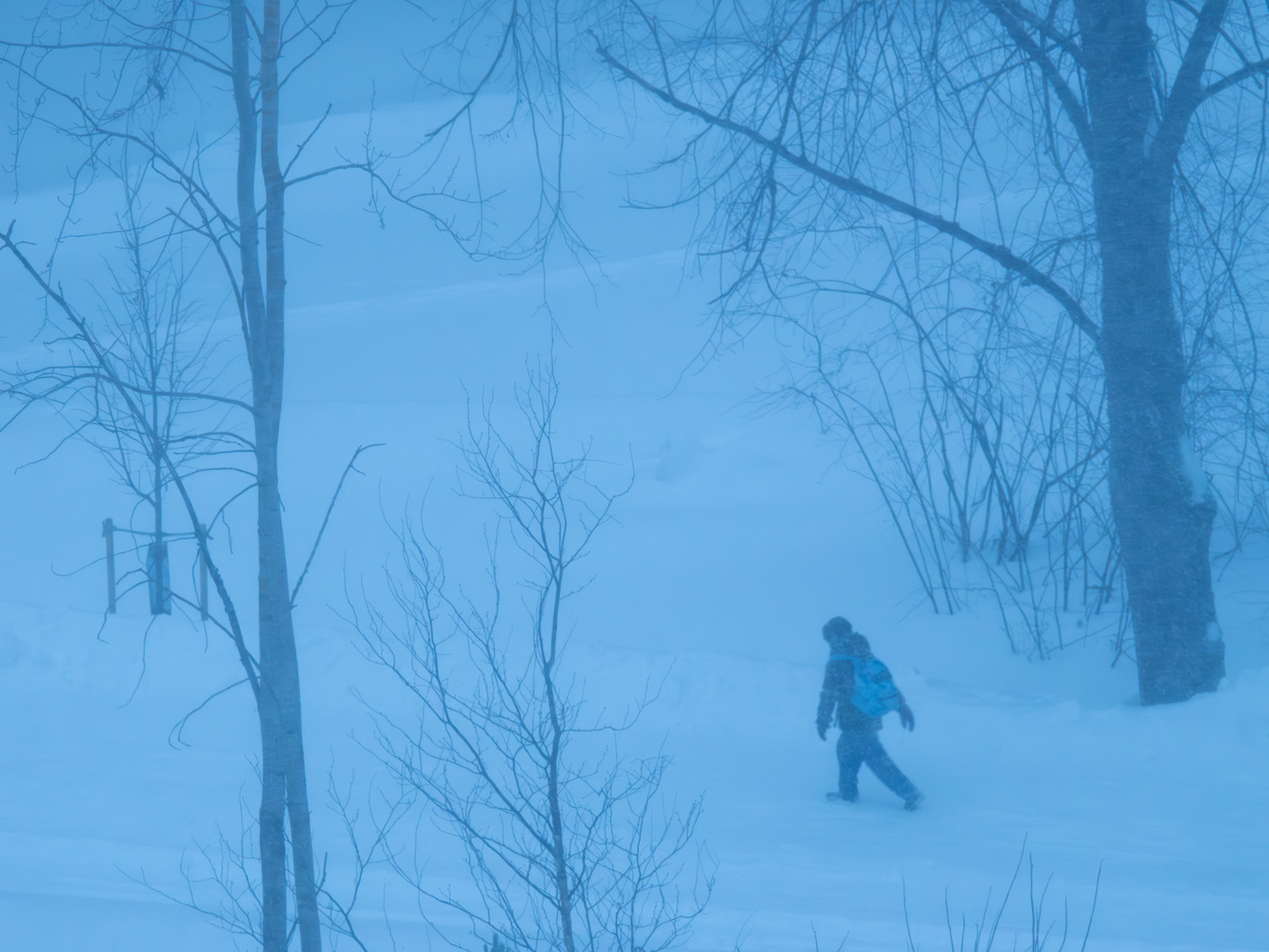
Do you see yourself as either a sheep or a lone wolf? Are you deliberately copying the approach you see in other people's work to conform? Do you use particular equipment because it's what the majority do? Or, do you want to break free from the flock? Perhaps you are already the type of photographer who wants to always discover a new approach and find different kinds of results. It will be great to hear your thoughts in the comments.
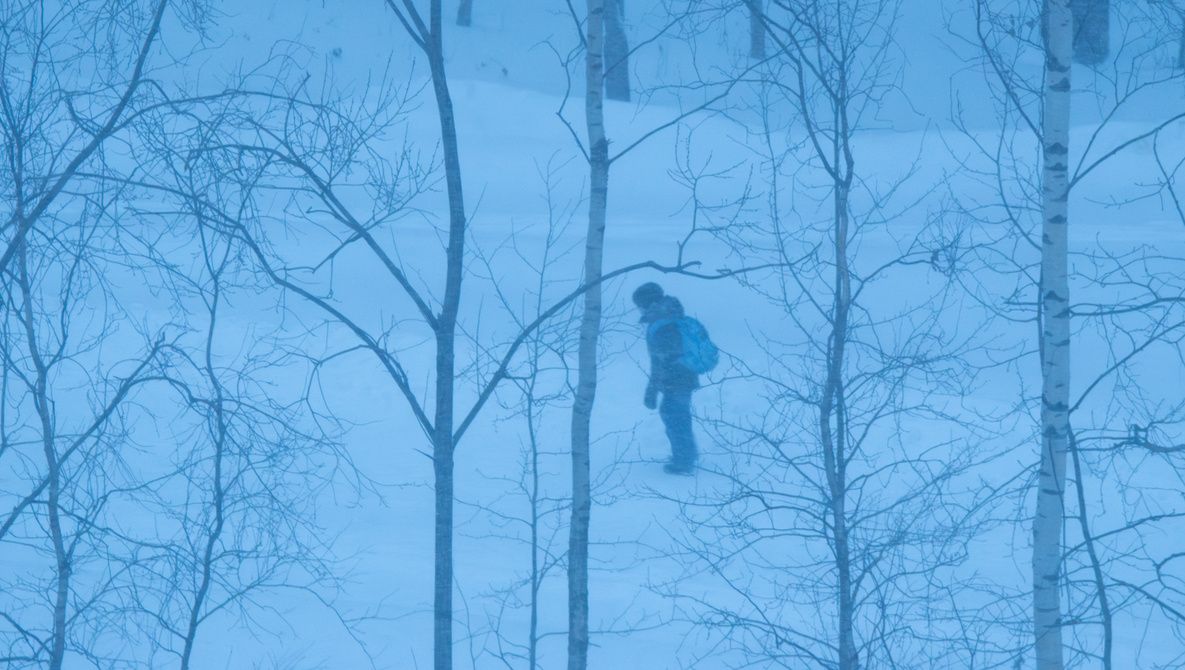







Thank you Ivor for the thoughts! On the mindset I agree on the msny items. Basing on my experience from inventing technicsl solutions for problems I want to emphasize I need others! Others to trigger my creativity to get to a solution, to approach an vague idea and transform it to a new item or process. The trigger is key! Then, give it space, procrss and try. Feel free to fail. You will be rewarded with experirnce and knowledge. And yes, these guys are challengers to the given standard. To use your terms of wolf snd sheeps, better to team up with some wolves to be a creative pack.
First you hit a lot of buttons and now in the 70's. Being modern days with stuff on most subjects on Google news. There is always stuff about Introverts and extraverts, stuff I never knew about or cared about. Cutting to the point I am a severe Introvert, the reading of states and all those can you see it as I always do I am supposedly highly intelligent, yea right! I am the oldest of four and military brat of 40 moves and 30 schools and mostly in war time where people did not like the military and my dad served 5 tours in Vietnam, so a lot of alone time.
I went in the navy in 73 took all the 5 test and at the end was asked what would like to do, I chose Electronics and went to the three schools took the advancement test while in the 3rd school, went to first command aircraft of a7a's went on 4 carries the first tour and mid way was advanced to E5. Went next to instructor, where I told students one day TVs would hang on walls got a lot of laughs, made E6 under 5 years. Well then I was a supervisor and had to write evals, the challenge I could not spell form school days always F's, But was saved, I found a Osborne Computer that had a word processor just when the navy put the first computers in offices for the AZ's and others. I was able to submit typed and not printed reports and evals. I was also the repair guy for the department computers also when a jet crashed on the flight deck I happened to have a connector for the the flight deck camera and made a cable to repair made chief at around 10 years, went further up but still no one knew I could not spell but could solve problems on my feet.
The good part is a retiring first class saw something and showed me Photography and helped me buy my first and some lenses. The good part was alone time on liberty going on MWR tours all over ending with several shoe boxes full of memories, It is the alone time you see what other do not and use several methods to capture and after a month waiting for prints looking at each print study the log book on settings for each and writing in another log results of the good settings, today it all happens in seconds.
Self study helps in your desire to capture something. Also study of photos in magazines, example when the digital cameras came there were photos with indoor with outside images, duh! wow, the beginning of the bracketed HDR new playtime.
Again new interest sparks study which gives way to new abilities!
As for followers and loners in '13 and '14 I went Sony first it had C1 for only $30 just like Lr but it went for $800+ each full update, had on camera apps, and with an $25 adapter you could use your old film lenses while Sony brought out new later money saving time. So not a follower like the Canon and Nikon followers for the next 6 or 7 years and when they went mirrorless everyone had to sell old for the new!!
1. Eclipse with old film telephoto
2. A7RM2 bracketing 3 at +/- 2EV Hand Held Yea!! Canon and Nikon where on sticks.
3. A7S + E 10-18mm used in full frame mode at 12mm first to capture at 12mm using a APS-C lens before the A7 models came out and 3 years before the FE 12-24mm
4. on camera apps Digital Filter allows on camera processing of sky and ground separately with any camera setting each in raw or jpeg or both and viewing and a little edit before sending to SD. I think he filter companies got the apps taken off on further models!
What helps the most is studying a book full of telling how to of every function, it will open your mind to other things YOU can do! Alone time, Leader time....Not Follow time!
I believe 90% of Photographers are introverts for all the alone time editing just like the film days darkrooms. But it is time that one's mind is exercised.
Last note as a dare in my first command two electronics shops put in applications to Mensa International Society all 40 got listed and even after retirement many have many patents to their further works.
Bullying because whatever is a cause but they one day become bosses and owners. Like the saying it is lonely getting to and on top!
As an introvert, I highly recommend that you read Elaine Aron's The Highly Sensitive Person, if you haven't already.
This was a very well-written piece, thank you! I am a trained medical professional and possess more analytical than creative traits. The technical side of photography has always been easier for me than the spontaneous or compositional. The absolute best piece of advice I received from a professional photographer while in a workshop was to go to commonly imaged locations and try to find a new way to view and capture that object or landscape. There are a half dozen such iconic loci in my hometown and over the past few years since that conversation, I have been extremely pleased with my work on those well-known subjects. I am now trying to do the same when I travel; it is a challenge, but very enjoyable!
Thank you, Craig.
What a nonsense. Don't you follow social media? You should copy the trends instead of wasting time on discovering.
Serious now: thanks. Finally someone who talks about what matters.
Thanks Leo.